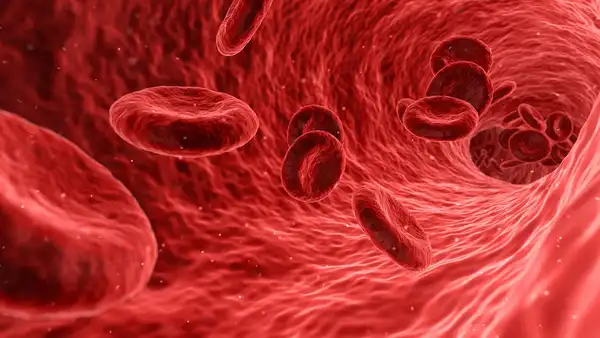
Everything you need to know about stem cells
What are stem cells, and what makes them so unique? What are the different types of stem cells, and how have they impacted modern medical science? Here is us answering all your questions about stem cells.

Stem cells (Kolios and Moodley, 2012) of a particular tissue are special cells within our body that can generate all cells of that tissue. For instance, blood stem cells (or haematopoietic stem cells) can generate all the cells that make up the blood. Therefore, blood stem cells have been an attractive target in treatments against leukaemia and transplantation in other blood diseases.
But there is a problem. Each person’s blood cells have on them different proteins (also known as Human Leukocyte Antigens) dictated by their genes. Accordingly, only matching donors’ blood cells can be used for transplantation into the patient. Otherwise the body recognises an unmatched donor’s blood cell as foreign and mounts an immune response. This creates another problem – lack of donors.
To address this problem, researchers have been trying to cultivate patient blood stem cells in a dish in the lab which can be used on-demand. However, no one was able to successfully maintain blood stem cells in the lab and the reasons for this were mysterious.
Stem cell researchers from the USA have finally cracked this mystery. They identified a gene called MLLT3 (Calvanese et al., 2019) whose protein product regulated the production of more than 800 proteins, many of which are essential for the maintenance of blood stem cells.
Each cell in our body has the same set of nearly 30000 genes each encoding its protein. Of these 30000 genes, the combination of genes that are switched on (active protein) and off (no active protein) determines the cell type. Blood stem cells also need to activate specific set of genes to be blood stem cells and perform their function of producing different blood cells. Researchers discovered that in blood stem cells, the gene MLLT3 promoted expression of many genes needed for their maintenance in the body.
This research could have strong impact in blood cell transplantation therapy for leukaemia and other blood based disorders. Previously, when blood stem cells obtained from cord blood were cultured outside the body, they could generate other blood cells but failed to renew themselves. Now, researchers observed that over-expression of MLLT3 gene in cultured blood stem cells restores their renewal capacity. As a result, they can be kept in culture for longer terms and used on-demand for transplantation to the patients.